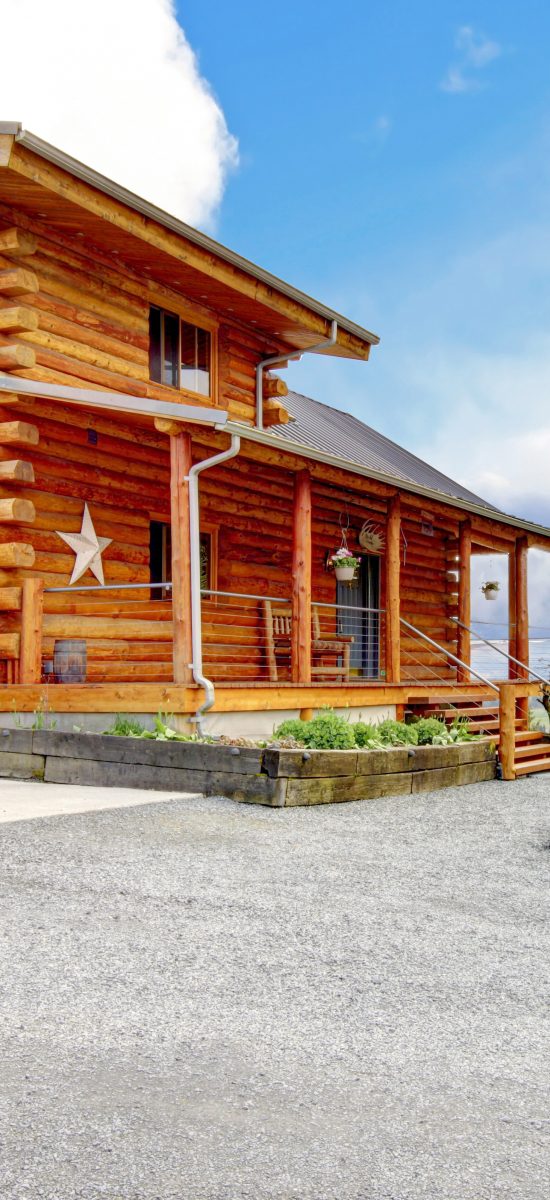Our Services

Radon Mitigation for Schools and Commercial Buildings
Building a new school or commercial building using radon resistant construction greatly improves the ability to maintain a low radon level after construction. Most architectural firms don’t have licensed radon mitigation professionals that can oversee the radon system installation. Nelson Radon personnel can work with your architect and have a radon specialist on site to insure the radon system is installed properly and code compliant.
Even though thousands of homes in Illinois have been tested for radon, very few schools have been tested. IEMA’s Division of Nuclear Safety has begun a radon screening program for schools in Illinois. IEMA offers training to school staff to reduce the cost of screening and offers grants to assist with cost of Radon Testing in Schools. Radon Mitigation in Schools and Commercial Buildings is more complex than radon mitigation in homes and requires a IEMA-licensed mitigation professional licensed for schools and commercial buildings
Radon Mitigation and New Home Construction
Radon Resistant New Construction (RRNC) is required for all new home construction in Illinois after June 1, 2013. The “Radon Resistant Construction Act” specifies the a passive system shall be built into all new homes. This law has very specific requirements in order to meet the RRNC standards. For a full review of the law click the following link: Illinois 32 Admin. Code 422.160.
Some of the main requirements are:
1) A four inch rock layer of fill shall be installed below any floor that comes in contact with the soil. The rock will be 1/4 inch to 2 inch in size. Fill sand can be used if a geo-textile matting is used.
2) A gas retarder shall be placed between the rock layer and the concrete slab. The retarder shall have a minimum thickness of 6 mil or 3 mil cross laminated with all seams overlapped at least 12 inches.
3) Radon entry points shall be sealed. These include bathtub drains, concrete control joints, sump pits using a gasket type lid and any open blocks need to be sealed.
4) Below grade foundations exterior surface needs to be damp proofed.
5) Air handling units shall be sealed to prevent air from being drawn into the air handler.
6) Crawl spaces shall be vented, 6 mil membrane shall be installed, sealed and fastened to the walls, and vent piping will need to be installed under the membrane with a 3 inch plumbing tee to connect to the piping system.
7) Vent piping shall be extended from below the crawlspace membrane through the home and extend at least 12 inches above the roof line.
8) 3 or 4 inch vertical piping is required to be through the basement floor attached to a plumbing tee with at least 5 feet of perforated piping attached to the tee.
9) The piping system shall extend through the house and extend a minimum of 12 inches through the roof.
10) Radon piping system shall be installed so the piping system can be accessed to install a radon fan.
11) Visible piping shall be label “Radon Reduction System”.
12) An electrical circuit shall be installed to an electrical outlet box located in the expected radon fan area.
13) A water tight seal shall be made where the radon piping exits the roof.
14) Lead flashing is prohibited due to the radon/lead reaction that corrodes the flashing. Caps are prohibited because they slow air flow and can frost shut in cold weather.

Radon and Day Care Centers
On January 1, 2013 the requirement for all Day Care Centers to test for radon took effect. On January 1, 2014 the results of the tests are required to be posted. These new requirements will help parents evaluate the safety of there children. In home day care centers can have an IEMA-licensed testing professional test their home or test using a home test kit. Non-residential day care centers are required to use a IEMA-licensed professional for the testing.


Radon and Real Estate
Radon and Schools Even though thousands of homes in Illinois have been tested for radon, very few schools have been tested. IEMA’s Division of Nuclear Safety has begun a radon screening program for schools in Illinois. IEMA offers training to school staff to reduce the cost of screening and offers grants to assist with cost of Radon Testing in Schools. Radon Mitigation in Schools and Commercial Buildings is more complex than radon mitigation in homes and requires a IEMA-licensed mitigation professional licensed for schools and commercial buildings.
Frequently Asked Questions
[1] IEMA Division of Nuclear Saftey: http://www.radon.illinois.gov/
[2] Cancer Survivors against Radon: http://www.cansar.org/about/our-stories/
US EPA and Radon link: http://www.epa.gov/radon/
US EPA Radon Guide: http://www.epa.gov/radon/pubs/citguide.html
USGS radon link: http://energy.cr.usgs.gov/radon/georadon.html
US GS radon geology link: http://energy.cr.usgs.gov/radon/georadon/3.html
